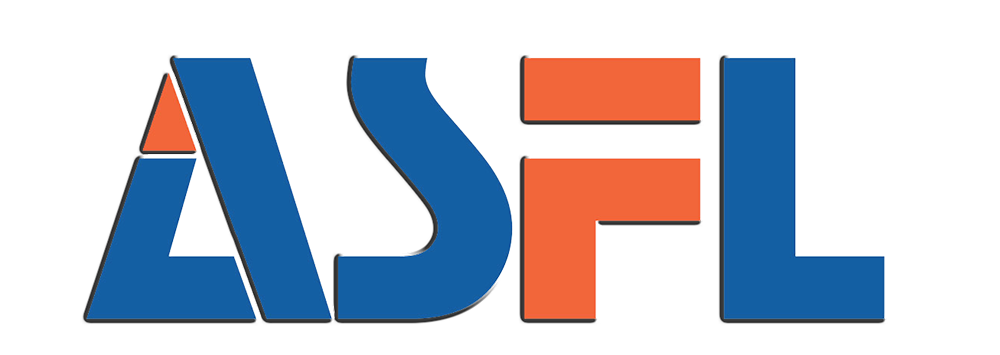Understanding Bottle Filling Machines: Mechanisms and Types
Core Operating Principles of Liquid Filling Systems
The core operating principles of liquid filling systems revolve around mechanisms such as gravity, pressure, vacuum, and piston filling methods. These systems are designed to handle various liquid types and viscosity levels, making each method suitable for different applications. For instance, gravity filling is ideal for free-flowing liquids like water, whereas piston fillers excel in dispensing viscous products such as syrup or ointments. It’s crucial to calibrate and maintain liquid filling machines regularly to ensure accuracy and consistency in the filling process. Failure to do so may result in inaccurate fills, leading to product waste and compromised quality. The attention to maintenance ensures that the machine performs optimally across diverse filling contexts.
Rotary vs. Linear Automatic Filling Configurations
Offering unique advantages, rotary and linear configurations represent the structural differences in automatic bottle filling machines. Rotary systems are generally faster and more efficient, making them ideal for high-volume production lines common in industries like beverages. For example, companies producing water or juices often favor rotary machines for their speed and high throughput. Conversely, linear systems are better suited for operations requiring flexibility or handling different container sizes, such as the cosmetic industry. When choosing between the two, consideration of space requirements and facility setup is vital; linear systems might demand more floor space but offer versatility in setup adjustments.
Specialized Machines for Water Bottling Applications
Specialized machines for water bottling cater to the stringent cleaning and hygiene requirements inherent in producing safe, consumer-ready products. Water bottles come in varied sizes and shapes, requiring machines capable of accommodating this diversity while maintaining high sanitation standards. Automated water bottling machines significantly boost production rates, reducing labor costs and human error. These machines, often equipped with automation features, ensure consistent fill levels and minimize waste, thus optimizing overall operations within the bottling industry. For industries seeking to enhance production efficiency while maintaining product integrity, these automated systems are essential investments.
Key Industries Revolutionized by Automated Filling Technology
Beverage Production: Water Filling Machine Solutions
Water filling machines have made a significant impact on the beverage industry by reducing production costs and increasing operational speed. These machines accommodate different liquid viscosities, allowing companies to efficiently bottle water, juices, and other beverages without compromising quality. Prominent brands such as Nestle and Coca-Cola have embraced automated solutions in their water bottling processes, leading to more streamlined operations and reduced overhead costs. Looking ahead, the industry is moving towards further automation and sustainability, with innovations focusing on reducing water and energy usage and emphasizing environmentally friendly packaging solutions.
Pharmaceutical and Healthcare Packaging Requirements
The pharmaceutical industry demands stringent filling requirements, emphasizing compliance and accuracy. Liquid filling machines play a crucial role in meeting these needs by offering precise measurements and sterile environments, which are essential for maintaining the integrity and safety of pharmaceutical products. Automation in this sector helps mitigate contamination risks while ensuring efficient packaging of a wide range of products, including vaccines and injectable medications. Notable pharmaceutical companies have adopted advanced filling systems to enhance their processes, underscoring the critical importance of automation for reliable and safe healthcare packaging.
Cosmetics, Chemicals, and Household Products
In the cosmetics and chemicals sectors, the need for adaptable filling machines is paramount due to the diverse range of viscosities and container formats. Automated filling machines cater to these requirements by offering flexibility and precision, essential for handling products from thick creams to thin liquids. For instance, leading brands in these industries utilize bottle filling machines and automatic bottle filling machines to ensure consistent quality across varying product lines. Successful case studies highlight the integration of these technologies, which has allowed companies to maintain high standards while boosting production efficiency and innovation in product offerings.
Operational Advantages of Bottle Filling Automation
Productivity Gains and Labor Cost Reduction
Automated bottle filling machines are revolutionizing productivity and reducing labor costs in the manufacturing sector. Statistics indicate that these machines can boost productivity by over 30%, thanks to the increased speed and efficiency of automated systems. This significant improvement in workflow means fewer human resources are required, translating into substantial savings in labor costs. A comprehensive cost-benefit analysis shows that while the initial investment in machinery can be high, the long-term financial gains are considerable. Automated systems pay off by minimizing operational errors and enhancing throughput, resulting in increased profitability over time.
Precision Control: Volume Accuracy and Waste Minimization
Precision control is crucial when it comes to filling processes, as it significantly affects product quality. Automated filling machines ensure volume accuracy, which reduces waste and enhances the consistency of product output. Evidence suggests that high-accuracy filling systems can decrease waste by over 20%, contributing to both economic and environmental benefits. Advanced technologies like liquid filling machines incorporate techniques such as gravimetric or volumetric filling that optimize volume control, ensuring each container receives the precise amount of liquid needed.
Flexibility Across Container Formats and Viscosities
Modern automatic filling systems exhibit remarkable flexibility by handling a variety of container formats and viscosities. These machines are designed to accommodate different bottle materials such as glass, plastic, and metal, streamlining the packaging process. Furthermore, they adapt to various types of liquids—whether thick pastes or thin fluids—with ease. In real-world applications, the versatility of bottle filling machines is evident, as they cater to diverse industry requirements without needing complex manual adjustments, showcasing their role in enhancing operational efficiency across multiple sectors.
Implementation Considerations for Optimal Performance
Production Volume Assessment and Throughput Planning
When implementing liquid filling machines, it’s essential to assess production volumes accurately to ensure optimal performance and scalability. By evaluating production needs based on market demand, businesses can align their strategies to meet consumer expectations. Utilizing data-driven approaches for throughput planning not only enhances operational efficiency but also supports the strategic growth of the business. It is crucial to match the machine output with the company's business objectives to maintain balance and profitability. Incorporating automated solutions like an automatic bottle filling machine not only boosts productivity but also ensures scalability to adapt to future market trends.
Integration with Capping, Labeling, and Conveyor Systems
Seamless integration among various components of the packaging line, such as capping, labeling, and conveyor systems, is critical for efficient operations. Proper layout optimization of production lines can minimize downtime and maximize throughput, thereby improving overall productivity. Innovations in technology have made it easier to achieve smoother integration between filling machines and other packaging equipment. For instance, a bottle filling machine that seamlessly integrates with a water bottling machine ensures the unified movement of bottles through the packaging line, reducing bottlenecks and enhancing operational efficiency.
Hygiene Protocols and Sanitary Design Requirements
Maintaining high hygiene standards is paramount in the food and beverage industry, especially during filling operations. Compliance with regulatory standards not only ensures product safety but also preserves brand reputation. Incorporating best practices for cleanliness and machine sanitation can mitigate risk and elevate production environments. Machines designed with hygiene in mind, such as liquid filling machines, play a crucial role in minimizing contamination risks and ensuring regulatory compliance. Their sanitary design facilitates ease of cleaning, aligning with strict hygiene protocols. By prioritizing machine design that supports cleanliness, businesses can maintain the integrity of their products while adhering to stringent industry guidelines.





